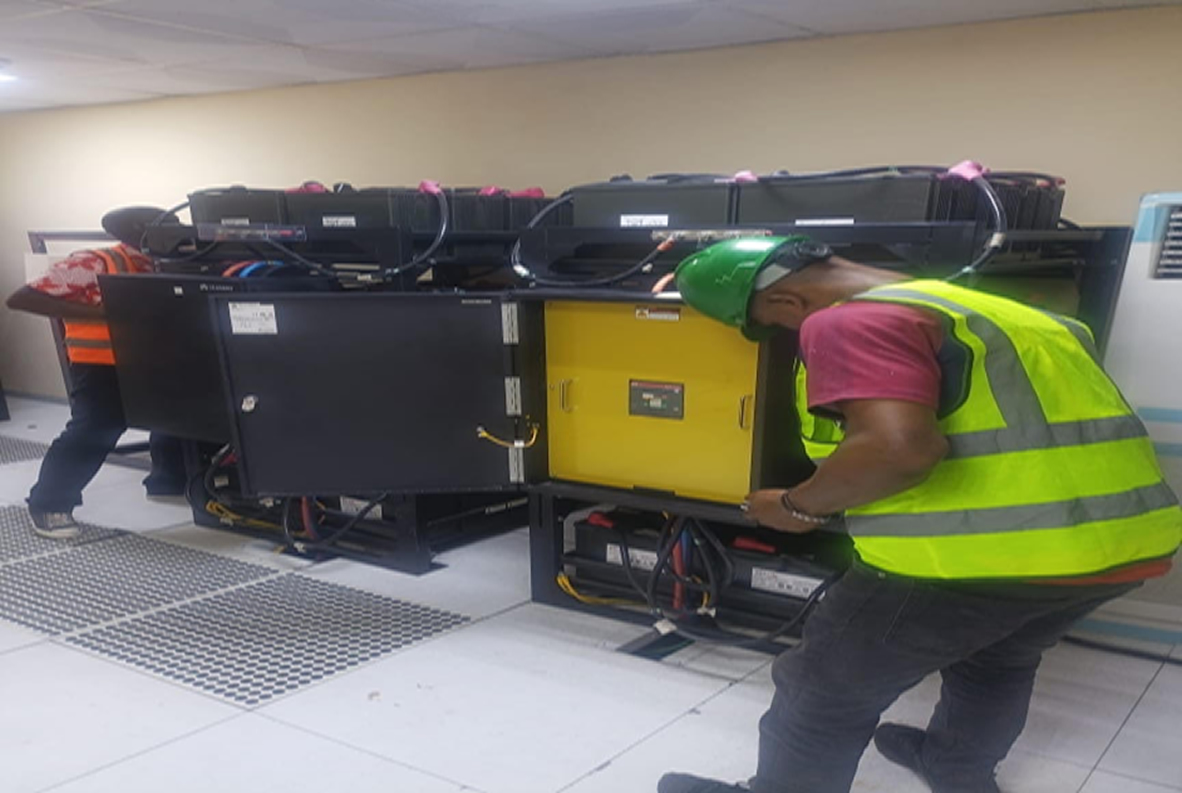
- Info@monacglobal.com
- 08052424424
- Hill Top, T21, House 4, Paradise Estate, Lifecamp, Abuja.
Routers and switches
Routers and switches
When building a small office network, the two most essential pieces of equipment you will need are switches and routers. Though they look similar, the two devices perform different functions within a network.
What is a switch?
Switches facilitate the sharing of resources by connecting together all the devices, including computers, printers, and servers, in a small business network. Thanks to the switch, these connected devices can share information and talk to each other, regardless of where they are in a building or on a campus. Building a small business network is not possible without switches to tie devices together
What is a router?
Just as a switch connects multiple devices to create a network, a router connects multiple switches, and their respective networks, to form an even larger network. These networks may be in a single location or across multiple locations. When building a small business network, you will need one or more routers. In addition to connecting multiple networks together, the router also allows networked devices and multiple users to access the Internet.
Ultimately, a router works as a dispatcher, directing traffic and choosing the most efficient route for information, in the form of data packets, to travel across a network. A router connects your business to the world, protects information from security threats, and even decides which devices have priority over others.
Both Routers and Switches are network connecting devices. Routers work at the network layer and are responsible to find the shortest path for a packet across the network, whereas Switches connect various devices in a network. Routers connect devices across multiple networks.
The collaboration of routers and switches will enable smooth access to all your selected smart devices and security systems, giving you seamless access to your systems in real time, while connecting you to all selected devices effortlessly.




5k
PROJECT COMPLETED
420+
SATIFIED CUSTIMER
54+
EXPERIENCE TEAM
20+
WINNING AWARDS



















